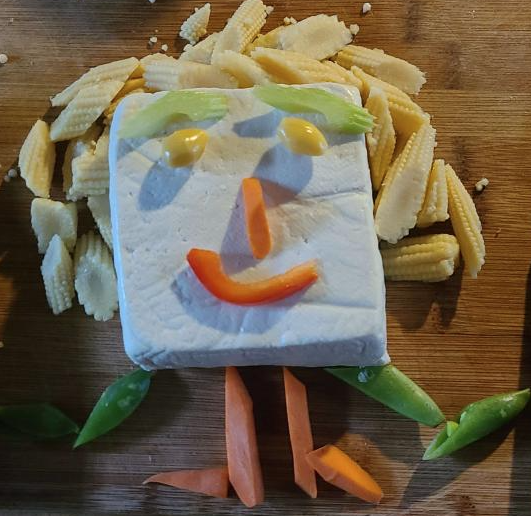Mushrooms, carrots, green pepper, cauliflower, courgette, potato (mmm double carbs), a few chickpeas thrown in as I had some in the fridge (not usually in goulash but it worked). Served with brown rice and a big dollop of Greek style oat yoghurt. Exactly what I needed now that autumn is here


Ah thank you for this and apologies - I was a bit suspicious about how ‘Hungarian’ the recipe truly was but that’s what it was called in the cookbook! I’d love to try some authentic recipes so if you have any that you’d like to share that would be amazing
So I stole this from a popular Hungarian recipe website:
Ingredients: 2 tbsp lard from a mangalica or goose 2 big brown onions 2 cloves of garlic 2 medium sized paprikas 2 medium size pieces of stalk celery 2 medium sized pieces of tomato 1.5 kg beef shank 3 teaspoons or more of paprika powder 2 pcs of bay leaf 2 teaspoon ground cumin 1 medium piece of celery root 2 pieces of parsnip 6 medium pieces of carrots 4 medium pieces of potatoes 1 bouquet of parsley 7 dkg flour 1 egg 4 litres of water salt and pepper to taste
I’ve translated this myself since automatic translation from complicated (and a bit accented) Hungarian is awful. When the recipe refers to parsley, it uses the roots cut into cubes earlier on then the greens for seasoning at the end. Some people like to add tejföl to taste, it is usually served without any in and people add it at the table and stir it in if they like it.
Have fun!
Edit: BTW the word goulash comes from the Hungarian gulyás, where gulya means a herd of cattle, gulyás is the herdsman. Gulyás or gulyásleves can thus be translated as “herdsman’s soup”.